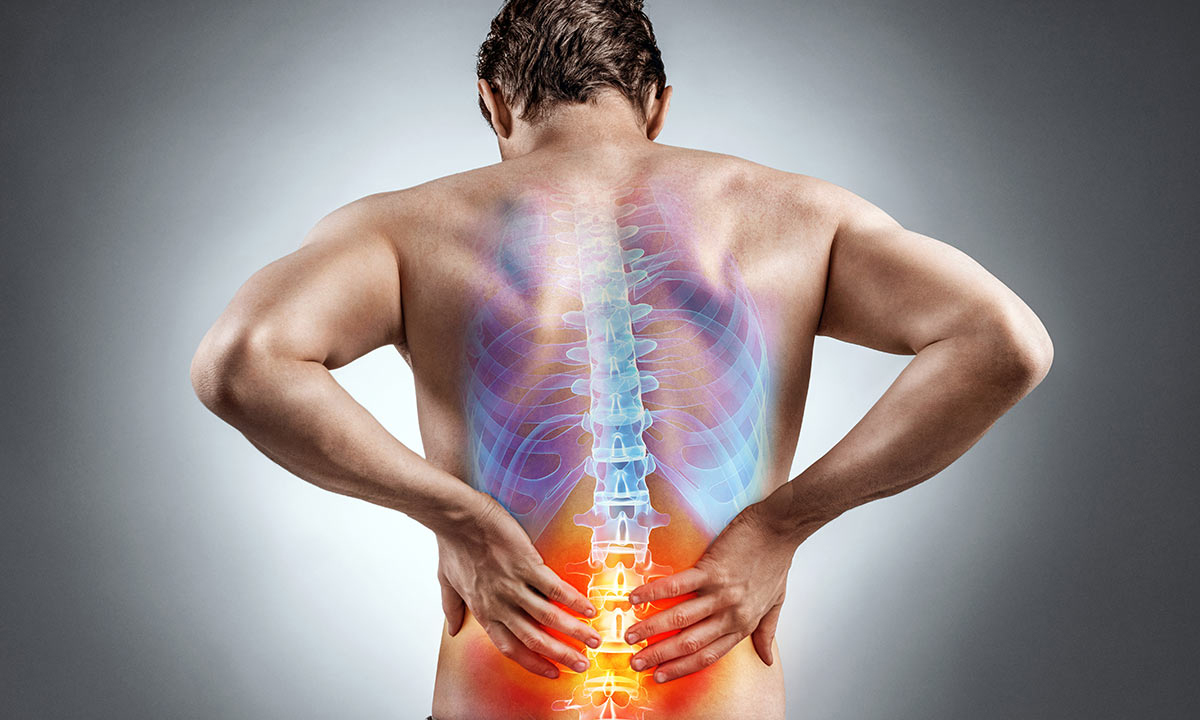[et_pb_section bb_built=”1″][et_pb_row][et_pb_column type=”4_4″][et_pb_text _builder_version=”3.13.1″]
Dysphagia is a swallowing disorder that is characterized by a difficulty in the oral preparation of the bolus, or in the movement of food and fluids from the mouth to the stomach.
There are two systems to hydrate in these cases. The first is to eliminate liquid foods from the diet and replace them with gelled water. The gelled water is a product made specifically for dysphagia and consists of a colloidal and gelatinous mass that remains solid in the mouth, chews and serves to hydrate. In this case, the person “will take the solid water with a spoon”. It is important to differentiate gelled water from commercial gelatine that is not prepared for dysphagia, as it flows in the mouth to become liquid and causing dysphagia.
The second way to contribute to hydration is by modifying the liquid viscosity by thickeners. Thickeners can be homemade products such as flour or cornstarch, or commercial products. The amount of thickener that has to be added to the drink will depend on the viscosity one wants to obtain.
Other recommendations to take into account in a dysphagia to liquids are:
- Avoid mixtures of textures or food in two phases, as they are poorly tolerated. For example, soup with noodles, yogurt with pieces of fruit …
- Thicken or suppress all liquid foods in the diet, not just beverages. Sometimes we forget that broths, soups or vegetables with cooking broth, also provide liquid components.
- Eliminate all water or broth contained in food. Drain vegetables, legumes, broth of syrup or compote, etcetera.
- Thicken the sauces to the required viscosity. A stewed meat with very light sauce may cause a dysphagia.
- Eliminate the foods that when chewed generate liquid. For example, orange, tangerine, etc.
Learn more about your health and well-being at Pharmamedic.
[/et_pb_text][/et_pb_column][/et_pb_row][/et_pb_section]






